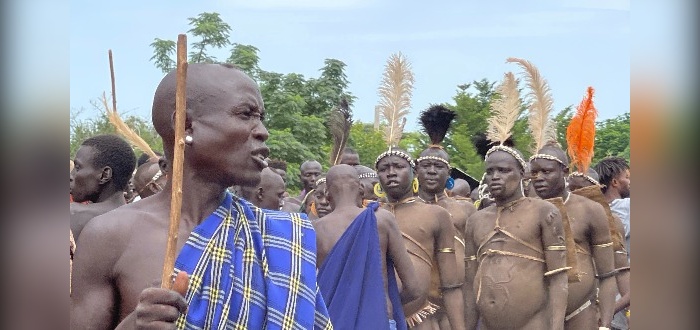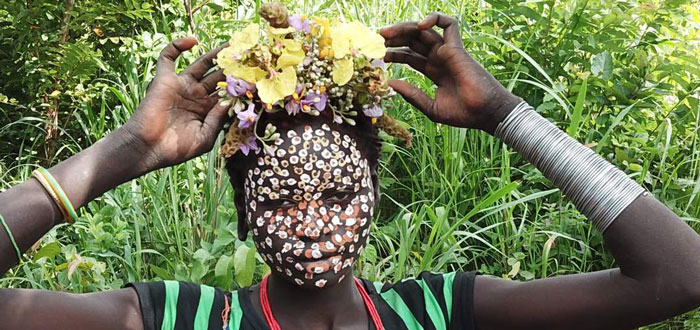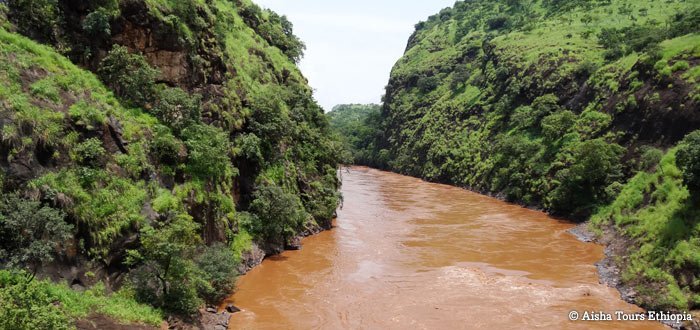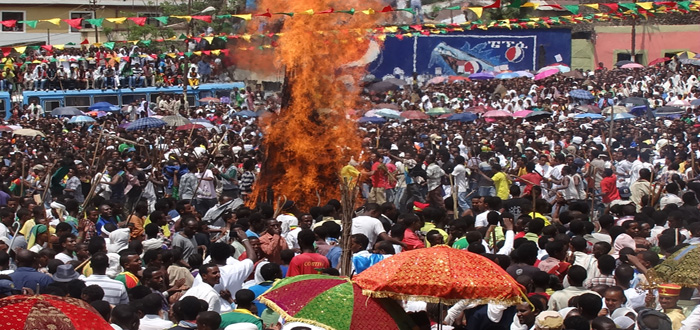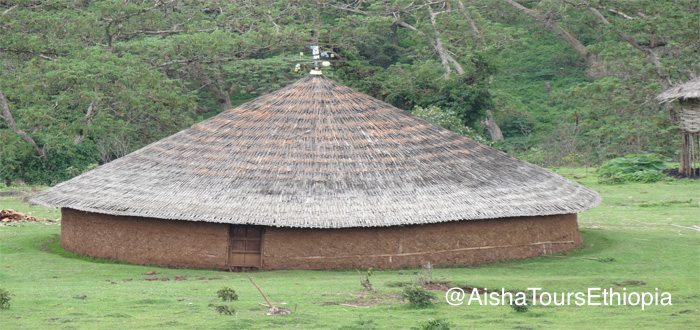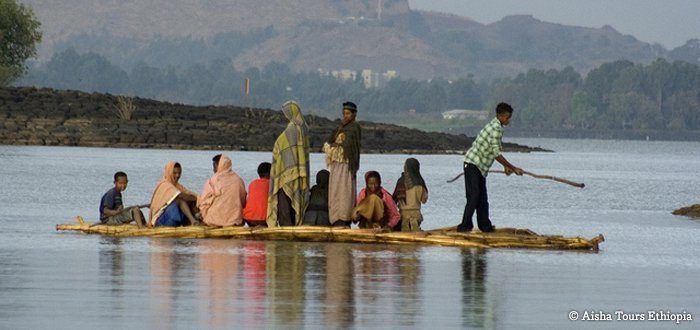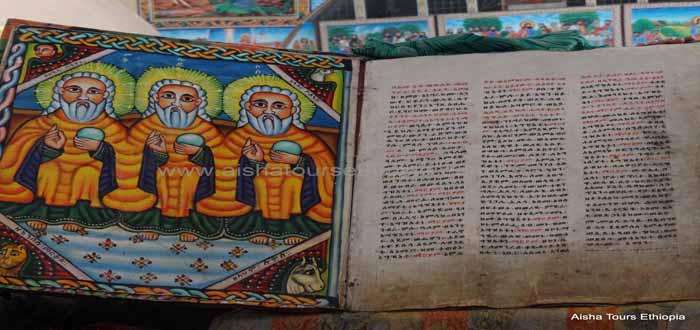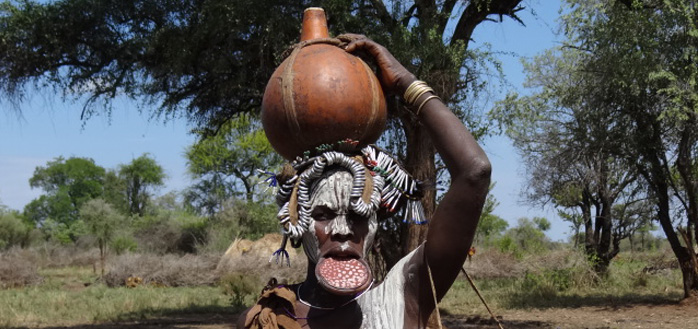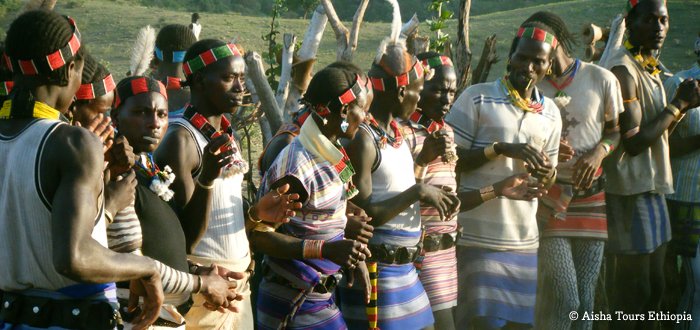The Karo people
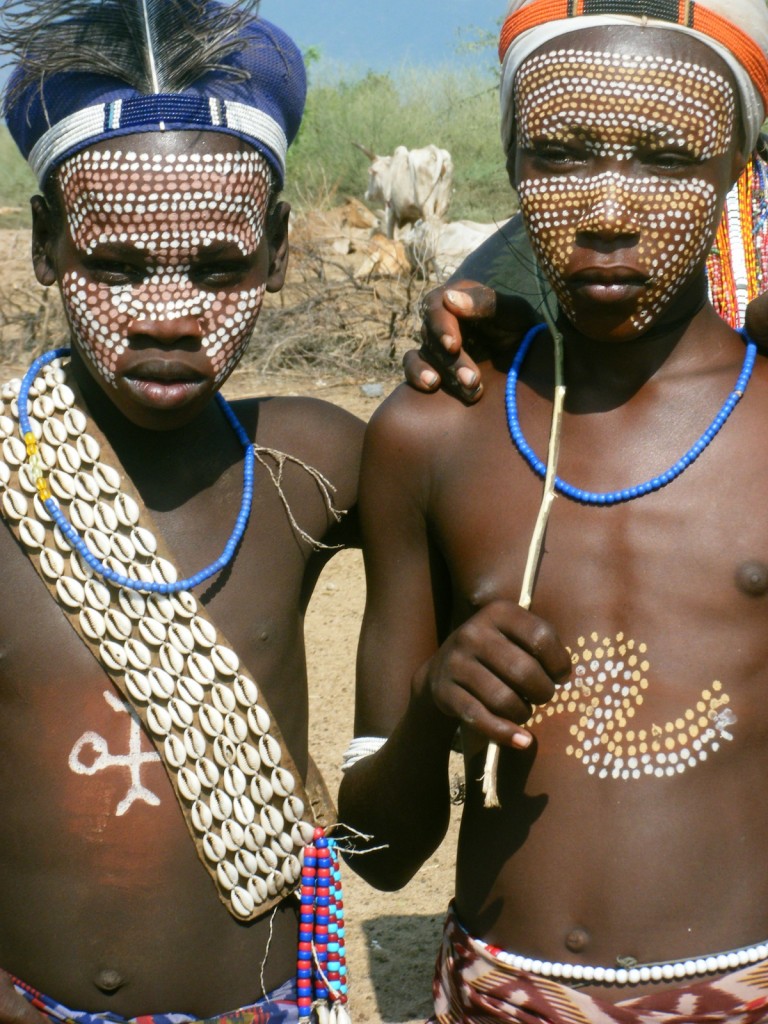
Karo , only sedentary integral part of the region are grouped mainly in the village of Douss on the eastern bank of the Omo .
They especially take care of the cattle , while in the planting season and harvest , they are scattered in neighboring fields where they grow grain, cotton and sugarcane .
The end of the harvest is celebrated with a festival that lasts several days. The men cover almost the entire body and face white and red paint plant , parts of skin left bare forming various reasons . They jump in with both feet as high as possible and dance by mimicking the game of love , while women dressed in their finery , strut , then join in their favorite dance . The birth rate is decided by the elders. This family planning, to limit the tribe from its ability to survive , and is currently voluntarily reversed by the board , the figure of 1,000 souls is the last limit before the gradual disappearance of an ethnic group .
The end of the harvest is celebrated with a festival that lasts several days. The men cover almost the entire body and face white and red paint plant , parts of skin left bare forming various reasons . They jump in with both feet as high as possible and dance by mimicking the game of love , while women dressed in their finery , strut , then join in their favorite dance . The birth rate is decided by the elders. This family planning, to limit the tribe from its ability to survive , and is currently voluntarily reversed by the board , the figure of 1,000 souls is the last limit before the gradual disappearance of an ethnic group .
